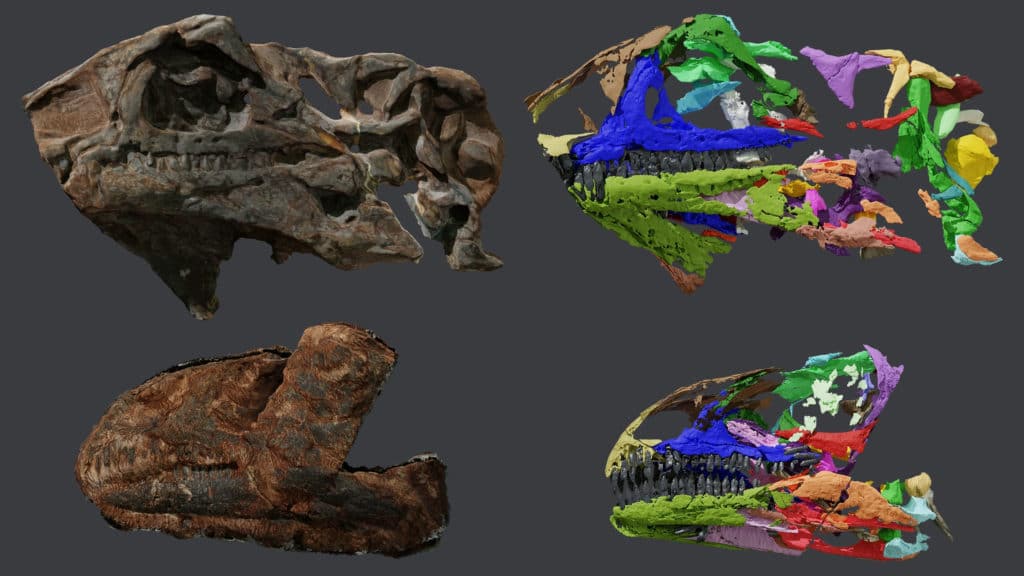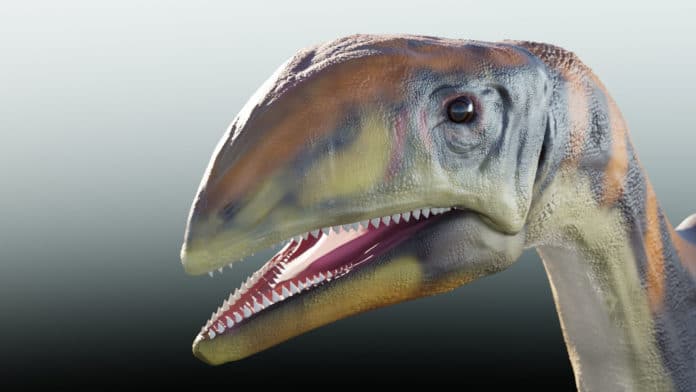Scientists from Portugal, Denmark, and Germany, including the Martin Luther University Halle-Wittenberg (MLU), have recently unearthed the first dinosaur species that lived about 214 million years ago in Greenland. The dinosaur Issi saaneq has two legs, long neck.
This medium-sized herbivore dinosaur was a predecessor of the sauropods, the largest land animal ever to live. The new dinosaur’s name pays tribute to Greenland’s Inuit language and means “cold bone.”
Co-author Dr. Oliver Wings from MLU said, “It is exciting to discover a close relative of the well-known Plateosaurus, more than one hundred of which have already been found here in Germany.”
The dinosaur is believed to live around 214 million years ago during the Late Triassic Period. During that time, the earth was experiencing climate changes that enabled the first plant-eating dinosaurs to reach Europe and beyond.
Scientists also created digital 3D models of the internal structures and the bones based on a micro-CT scan of the bones.

Lead author Victor Beccari, who carried out the analyses at NOVA University Lisbon, said, “The anatomy of the two skulls is unique in many respects, for example, in shape and proportions of the bones. These specimens certainly belong to a new species.”
The two skulls of the new dinosaur species come from a juvenile and an almost adult individual. Besides the difference in size, they have different bone structures (minor and only relate to proportions). What’s more, these species also differ from all other sauropodomorphs discovered so far; however, it does have similarities with dinosaurs found in Brazil, such as the Macrocollum and Unaysaurus which are almost 15 million years older.
Journal Reference:
- Beccari V. et al. Issi saaneq gen. et sp. nov.-A New Sauropodomorph Dinosaur from the Late Triassic (Norian) of Jameson Land, Central East Greenland. Diversity (2021). DOI: 10.3390/d13110561
